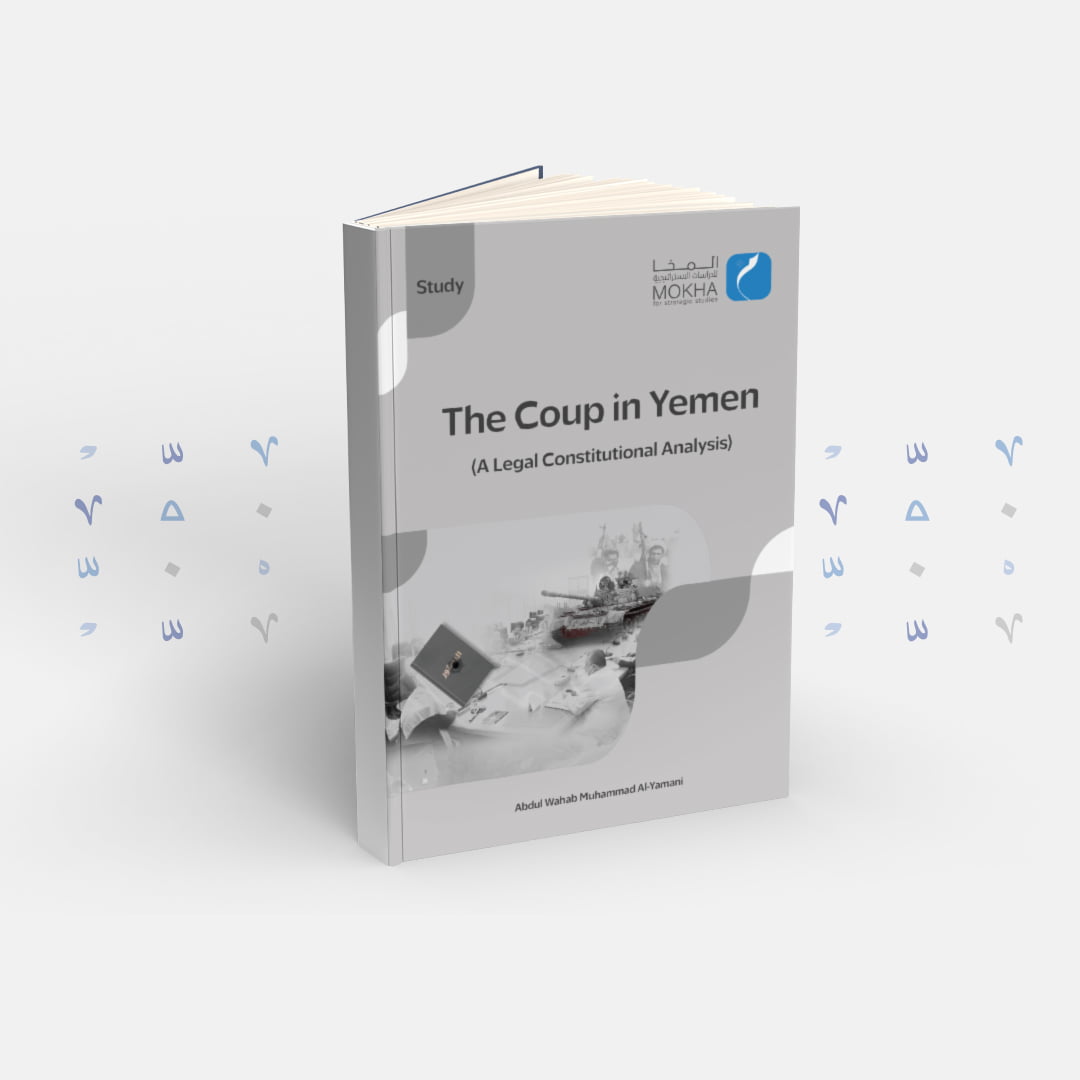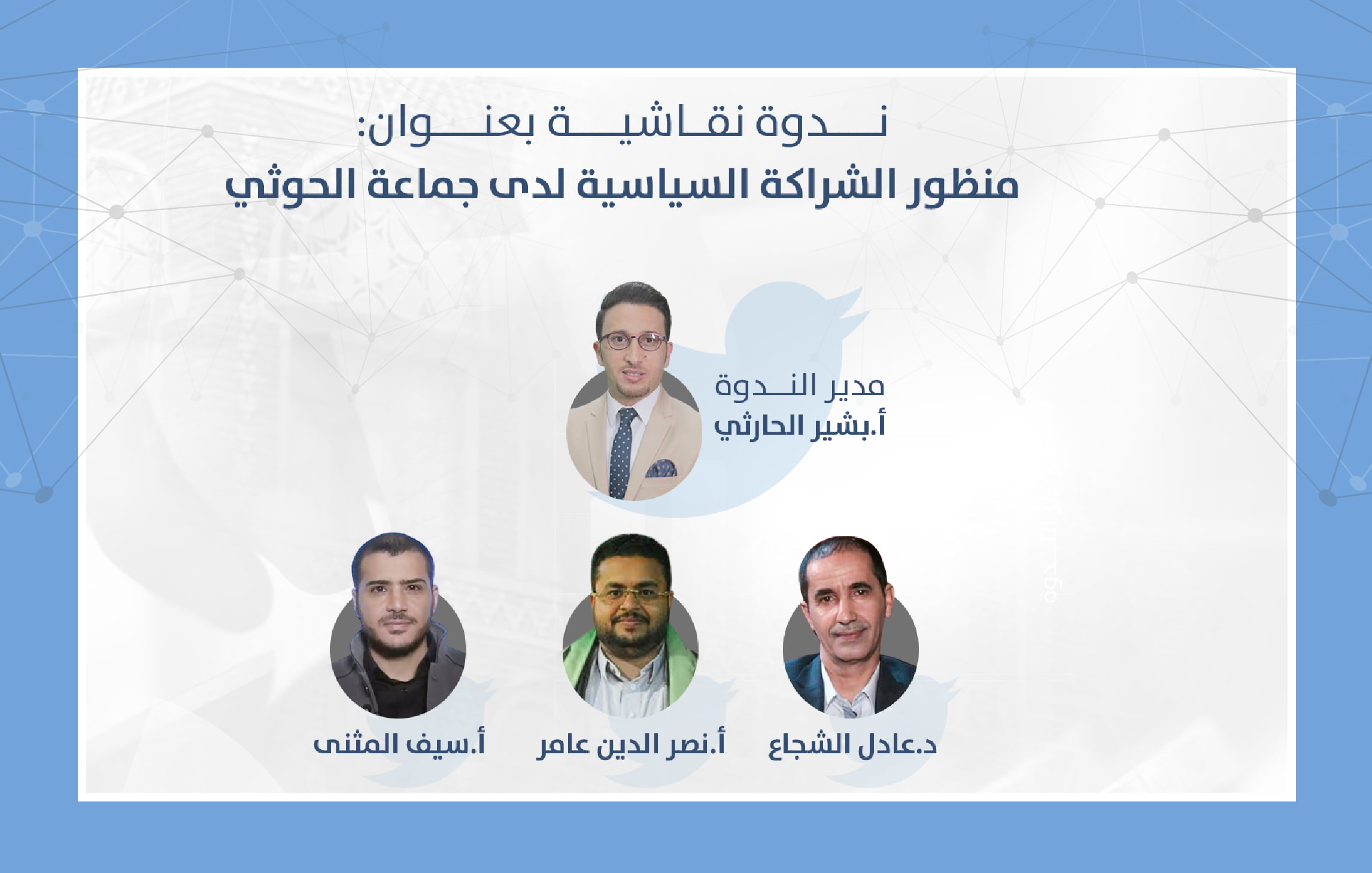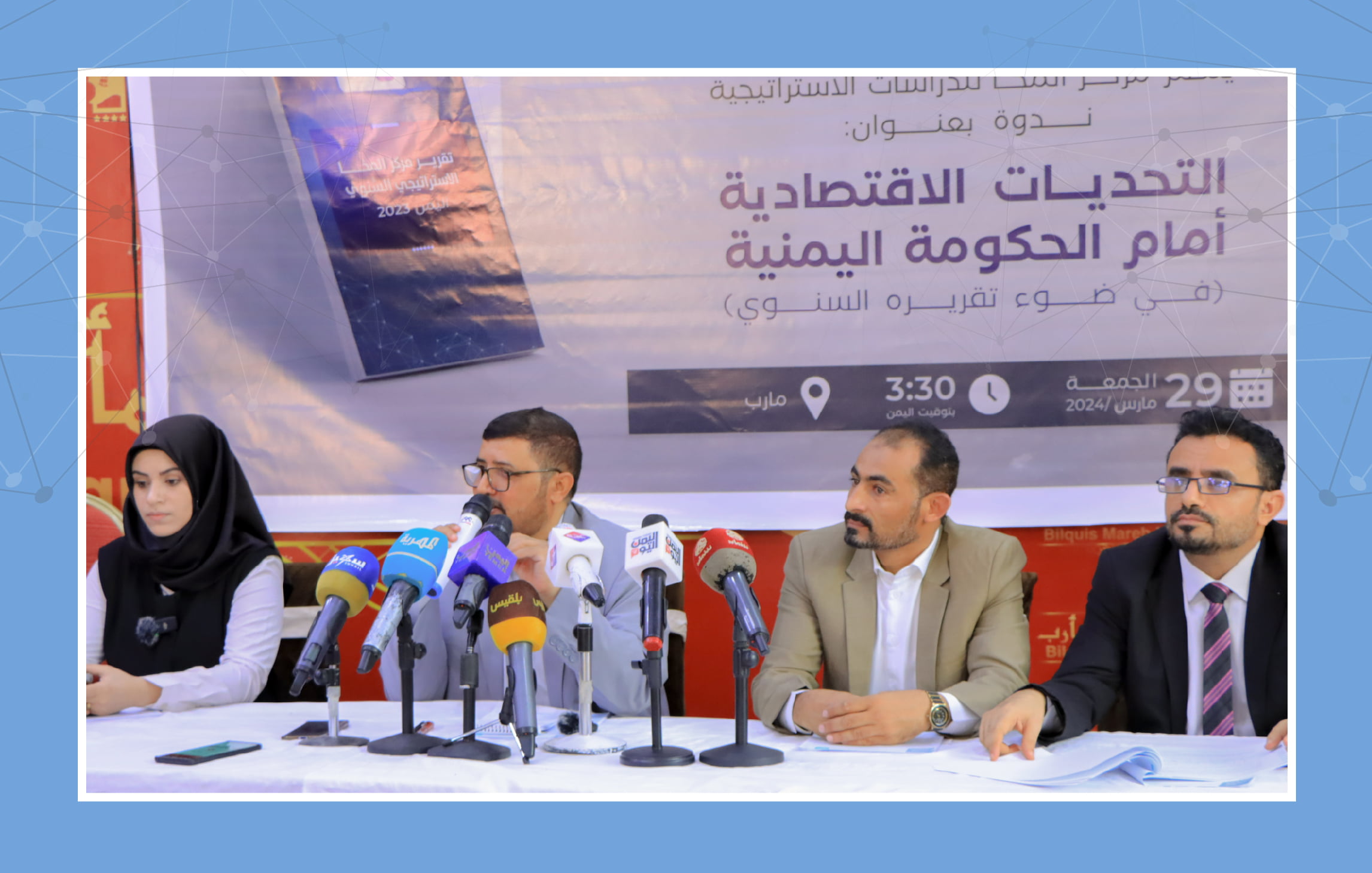The Annual Mokha Strategic Report 2023

| Getting your Trinity Audio player ready... |
Abstract
The annual Mokha Strategic Report 2023 focused on Yemen’s developments across various key files including politics, military, security, economy, judiciary, education, health, media, humanitarian issues, and the status of women and children. The report provided a comprehensive analysis supported by extensive data, documentation, and illustrations. It aimed to assist policymakers, researchers, and those interested in Yemeni affairs to grasp the multifaceted current reality and anticipate future trajectories based on objective analysis and scientific methodology.
Divided into nine chapters, the report was authored by experts and researchers specializing in Yemeni affairs. The first chapter explored the political developments, analyzing the complex dynamics between the internationally recognized government and the Houthi coup group, as well as the involvement of local, regional, and international actors in Yemen’s affairs. It highlighted the critical challenges facing Yemen and emphasized the necessity of progress in peace efforts, economic improvement, and institutional strengthening. The chapter underscored the relation between regional events and international commitments in determining Yemen’s future stability, warning of further deterioration without sustained engagement from all stakeholders. It cautioned that regional instability could exacerbate Yemen’s situation, potentially transforming it into a focal point of regional concern and security threat.
The second chapter of the report discussed the economic landscape of Yemen in 2023, offering a comprehensive analysis supported by extensive data, indicators, and explanatory tables. It depicted a bleak picture of the economic reality marked by declining performance exacerbated by the intricate political situation. The chapter explored key economic issues and agendas, assessing the feasibility of implementing reform programs amidst fragile political and security conditions. It highlighted the challenges posed by the division of economic and political authority between the legitimate government and the Houthi group, as well as the escalating economic impacts of climate change. The chapter also addressed the repercussions of Houthi attacks on commercial vessels in the Red Sea on the Yemeni economy, projecting various scenarios for its future based on existing data.
Foremost among these scenarios was the potential for achieving a political settlement and establishing a decentralized system of governance. Other scenarios included the continuation of a “no war, no peace” situation or the restoration of a central state, with or without a political settlement (military resolution), amid persistent fragility and instability in the economic and political spheres. The chapter concluded that the most prominent scenario is for the status quo to remain as it is for a period of at least six months, and that the settlements seem far from achieving a sustainable peace, which would enable the emergence of a decentralized state that controls all of Yemen’s territory and monopolizes force. It warned that persisting in the current state would perpetuate suffering, economic hardship, and deepening economic division, risking the erosion of decades-long developmental gains, and plunging the nation into a state of forgotten conflict, further deteriorating economic indicators and human development levels.
The third chapter provided an in-depth examination of the military and security dynamics throughout 2023 in Yemen, characterized by a state of “no peace and no war” between the legitimate government and the Houthi group. Through careful tracking and analysis, the chapter investigated various military and security interactions, accompanied by numerical data, indicators, and illustrative tables. It covered developments in the military sphere, including field operations, organizational structures, and administrative aspects, as well as security dynamics intertwined with the agendas of involved parties. The chapter also addressed security concerns stemming from transnational organized crime. Emphasis was placed on analyzing and forecasting potential trajectories for both the military and security situations, considering their domestic and international ramifications.
In the fourth chapter, the report examined the humanitarian crisis and human rights situation in Yemen. Despite more than nine years of conflict and coup, Yemen remains trapped in one of the world’s most severe humanitarian crises, with millions enduring the compounded effects of armed conflict, economic collapse, and crumbling public services. Regarding human rights, the chapter documented ongoing violations of international humanitarian law and human rights norms, including arbitrary detention, enforced disappearance, torture, and medical neglect. Journalists, human rights defenders, and civil society activists faced harassment, mistreatment, prolonged detention without trial, or arbitrary sentencing.
The chapter concluded by underscoring the vital link between achieving a just, comprehensive, and enduring political settlement and improving humanitarian conditions while addressing human rights violations. However, it suggested that the Houthi group may not prioritize this option and could be biding its time for a chance to resume hostilities.
The fifth chapter focused on the state of education and scientific research in Yemen during 2023. It provided a comprehensive overview of the educational landscape across various levels: primary, secondary, and post-secondary education, as well as graduate studies and scientific research. Using data, indicators, and explanatory tables, the chapter offered insight into the status of education and scientific research in Yemen and projected future developments. It also addressed key challenges facing the education sector and scientific research, particularly the impact of the absence of a unified educational policy in Yemen, leading to differences in managing the educational process between the legitimate government and the Houthi group. of particular concern was the unilateral changes made by the Houthi group to school curricula in areas under its control, which were perceived to serve its sectarian agenda.
In the sixth chapter, the report delved into the state of health and the environment, providing a thorough examination and analysis of the challenges encountered by the health sector over the past year. Through the use of figures, indicators, and illustrative tables, the chapter highlighted the alarming deterioration witnessed in this critical sector, emphasizing the unprecedented decline in primary health indicators, therapeutic services, and health infrastructure. These trends underscored the sector’s inability to address the urgent health needs in Yemen.
Furthermore, the chapter analyzed key statistics and indicators concerning the health situation and the operational capacity of the health system. It also offered a forward-looking perspective on Yemen’s health outlook, suggesting that if the current political situation persists, the deterioration in health conditions may continue and possibly lead to a complete collapse of the sector. The chapter concluded by presenting pertinent recommendations for effective implementation to mitigate this concerning scenario.
Chapter Seven examined the media and cultural landscape in Yemen throughout 2023 by closely monitoring various events and their impact on Yemeni media coverage. These events, ranging from political, economic, military, to security-related, were analyzed based on their significance, with attention given to their repercussions on media interests. The chapter aimed to provide a comprehensive overview of the media and cultural scene, detailing its dimensions, and analyzing the media landscape over the past year.
It reviewed key events in both the media and cultural scene, highlighting the diverse activities within Yemen’s internal cultural sphere and its participation in external cultural endeavors. the chapter offered a forward-looking perspective on potential developments in Yemeni media practices in the coming years, considering the ongoing transformations within the field.
Chapter eight examined the judicial landscape, analyzing the unfolding events and assessing the impact of the ongoing conflict between the legitimate government and the Houthi group on the judicial system. It examined the division within the judiciary, with some institutions aligning with the legitimate government and others with the Houthi group, each pursuing their respective agendas. Special attention was paid to how this division has affected the independence of the judiciary and its ability to fulfill its mandated duties.
The ninth and final chapter focused on the developments concerning women and children in Yemen during the year 2023. It extensively reviewed and analyzed a plethora of data, indicators, and illustrative tables highlighting the ongoing hardships faced by women and children in Yemen. The chapter painted a bleak picture of their circumstances, attributing their suffering to the current war and warning of further deterioration in their conditions. It emphasized the urgent need to address the escalating physical and psychological risks and challenges faced by women and children, which could exacerbate the already dire social, economic, and health conditions across Yemen. the chapter presented several recommendations aimed at mitigating existing risks and challenges and improving the prospects for women and children in the future.




